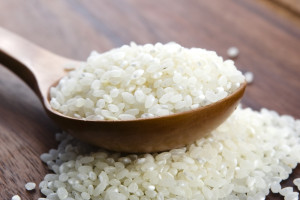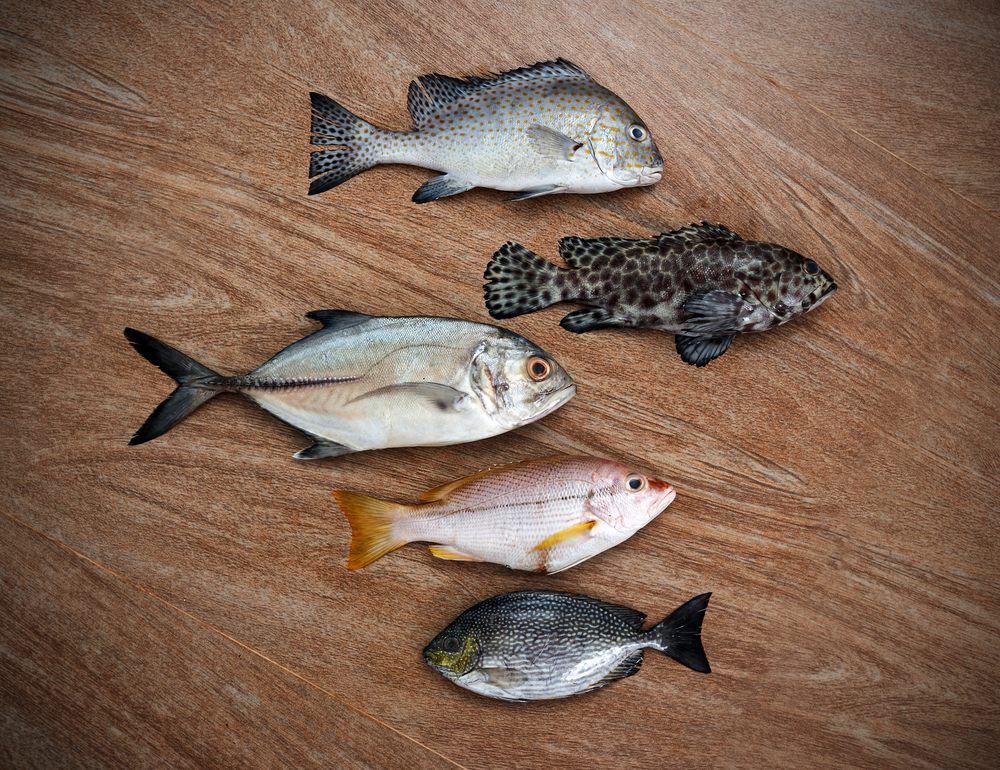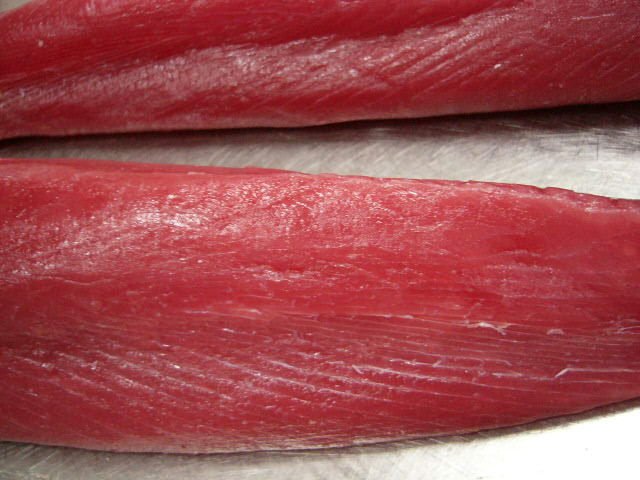Our Obsession
THE BEST SUSHI ON THE PLANET?
Wilde Sushi s demand for perfection and his commitment to sushi prepared in the traditional Japanese style.
Our goal is to make the highest quality sushi dining experience accessible to more Americans. Together we combine passion for hand-selected fish, quality ingredients, and attention to detail with a western eye for process, efficiency, and sustainably sourced ingredients, we want our guests to experience with each and every bite of our sushi.
In search of perfect sushi
The art of sushi starts with selection. It takes months to learn the knife skills required to slice sushi behind a countertop. At least a year to learn how to break down and butcher a fish. Years and years to decipher the secrets of aging fish. And a lifetime to master the art of selecting the perfect fish for sushi.
Every piece of sushi we serve— whether it comes from a 150-pound big eye tuna or a two-pound snapper—is selected for us, by us. Each fish is different, but we are always looking for the highest quality, whether it is color, fat content, size, freshness and how the fish was handled. When it comes to quality fish, there is no compromise.
Rice: the grain of truth
First, we gauge the relative humidity in our locations; then we fine-tune the cooking water for our rice down to the millimeter. We source our rice from a Japanese company
The rice we serve with our sushi is noted for its warm, loosely-packed consistency, so we work hard to find just the right kind. We examine each and every batch of rice we order. We look for moisture, and the right amount of “chalk” content, which can mean the difference between heavy, starchy rice or rice that turns out fluffy, flavorful, and with good separation of fully bloomed grains. When we see that, we know the rice is right. Obsessive, yes. But it’s an obsession with quality that connects the farms where we source ingredients to our restaurant kitchens and extends straight to the food that we serve guests.
The problem with rice cookers
The problem with rice cookers is that commercial, restaurant-grade rice cookers, certified for use by regulatory food-safety agencies, produce average rice. We are not interested in average rice. Or above-average rice. We want our rice to meet highest standards. Loosely packed, warm and almost falling apart for a melt-in-the-mouth sensation. In other words: perfect.
The rice cookers that produce perfectly steamed rice are the same ones you can find in every Chinatown or big box store. The problem with that is they aren’t certified for use in restaurants, which makes producing batches of rice in a large capacity kitchen either illegal or impossible.

When it comes to sushi, there’s more to it than rice. There is rice vinegar, a precise mixture that, when combined with rice, makes sushi rice. That vinegar recipe is the most closely guarded secret of any sushi master. We get our base vinegar from Japan, then brew our rice vinegar using heat, salt, and sugar to achieve just the right potency. Mixing the vinegar into the rice is no simple task. We worked with a robotics company to specially program one of their devices to mix the rice and vinegar. That required trips to Japan to meet with the makers of this technology. Their engineers flew to America six times as we worked out the procedures, the correct proportions, the exact settings, and the precise run times to get the combined mixture of rice and rice vinegar just right.

Down on the seaweed farm
Great sushi also needs great seaweed or “nori.” We make trips to Japan to meet with our nori suppliers. Nori is harvested several times a year, from family plots on the Japanese archipelago on the southern tip of Japan. We buy from a couple of the best nori suppliers in Tokyo. We’ll huddle with the CEOs of each company to taste their product. We know what we want, and we drive our suppliers hard to source the best. Nine times out of ten, we’ll turn down their product. If it’s not to our standards, it’s not right. We may be the most demanding customer they ever had. But, if they can deliver a superior product consistently, we also promise to be the best customer they ever had.
A simple view on sauces
Our sushi is, of course, made Original style, which means you won’t find many sauces. What you will find is our house-prepared soy sauce, with a lighter flavor, only a hint of smokiness, and less salt that won’t overwhelm the delicacy of the sushi we serve. Our Ponzu is memorable and distinct with a couple of variants, including our standard garlic and ginger style, as well as Japanese pepper citrus and a Japanese red pepper version.

Fish story
We source our fish from around the world: Hamachi from Japan, salmon from Europe, NZ Sea Bream from New Zealand, tuna from almost every sea, and the most delicate, creamy sea urchin uni from the southern California coast. Working with suppliers with whom we’ve built trusted relationships ensures we get first-pick of the best quality fish available. Suppliers from around the world fly fish in for us to sample. If we need to travel to meet the boats at the dock to sample albacore in Vancouver, attend the tuna auction in Hawaii, or check the quality of halibut in Rhode Island, off, we go.
One of the most surprising things about making great sushi is the art of aging fish. After our fish is selected, much of the fish we choose is aged (we age it the same way a steak is aged) to bring out its flavor and achieve the desired tenderness. Each fish is butchered by masters who have spent a year or more learning how to break down fish into fillets that will yield the highest quality dining experience when it is served in our restaurants. The people we employ to slice our fish have mastered the art of using the right knife stroke, at the precise angle to the grain, with the correct amount of blade. Their knife skills are an essential part of delivering traditional-style sushi.

Frozen in 60 seconds
Many people, even sushi aficionados, assume sushi is fresh fish. That’s not always true, and not always best. While most of the fish we select are fresh, some are frozen – usually, blast frozen to temperatures at 20 below zero or colder. If you think the best fish must be fresh, know that all of the bluefin tuna at the famed Tsukiji (now Toyosu) market in Japan is blast frozen. What we care about when we select fish is the quality of the fish, nothing else.
In New York, where new state regulations require all fish, with the exception of tuna and shellfish be frozen, we are working at the forefront of food science. Currently, we are exploring a technology that can freeze a fish in 60 seconds, to replace the conventional method that takes more than an hour. The process produces a fish that is frozen so fast that, once it is thawed and prepared, it is indistinguishable from fish that is not frozen. Because the fish freezes so quickly, the water in the cells doesn’t have a chance to expand, much smaller ice crystals are formed, and the fish does not become watery when thawed properly. Done right, the resulting mouthfeel is often preferred in blind tastings.
Operations: where passion meets procedure
How do we take one-man labor of love located in a small sushi restaurant in Studio City, and extend that level of quality to a wider audience? For us, the answer comes down to an obsession with process, backed by the smart use of technology.
Just like our rice vinegar mixing machine, we continuously look at ways technology can improve the sushi experience, whether it is advancements in food science or innovative ways to prepare our ingredients. We are eager to adopt technology, but only if it results in a better bite of sushi for our guests. Would we use other devices if that would mean better food for our guests? Of course, we would, as we have with our vinegar mixer.
Our goal: perfection on a plate
At the end of the day, the simplicity, authenticity, and integrity of the Sushi experience are hard to master. But it is not impossible. To deliver on the promise of great food every single time you visit, it takes teams of dedicated people, a commitment to quality ingredients—an emphasis on consistent process, and smart use of high tech.
Our goal is Zen-like in its simplicity. We want to turn people on to real sushi by serving them real sushi.
